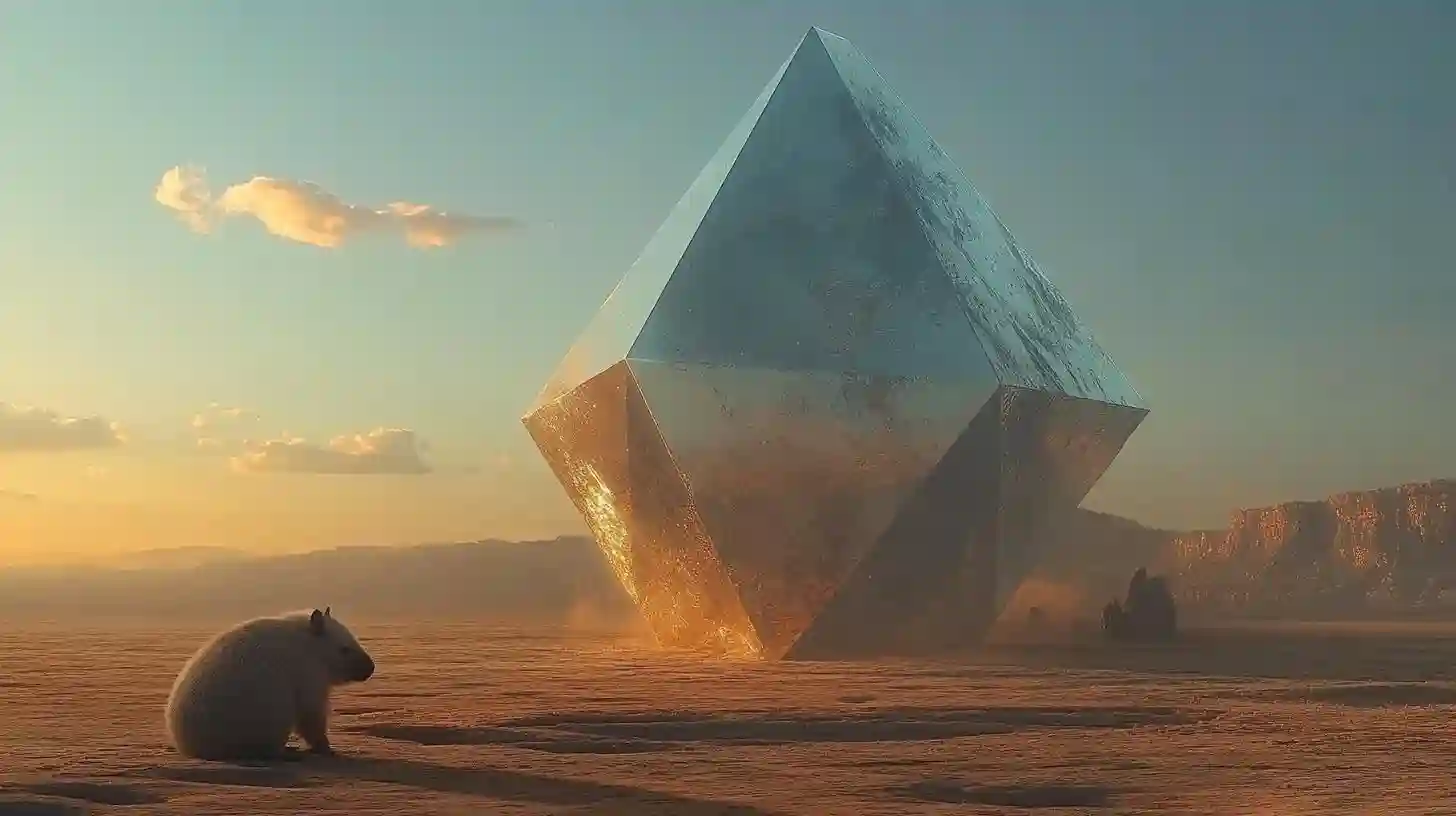
Wombats are small, burrowing marsupials native to Australia, recognized not just for their adorable appearance but also for a fascinating aspect of their biology: their feces. Unlike most animals that produce round or irregularly shaped droppings, wombat poop is distinctly cube-shaped, a peculiar phenomenon that has captured the curiosity of scientists and nature enthusiasts alike. This unique trait can be attributed to the wombat's digestive system and the intricate processes involved in forming their feces.
To understand why wombat poop takes on this unusual shape, one must first examine how the digestive system of these creatures operates. Wombats are herbivores, primarily feeding on grasses, roots, and bark. Their diet, rich in fibrous plant material, requires a specialized digestive process to break down tough cellulose. Wombats possess a slow digestive system, allowing for maximum nutrient absorption from their food. This extended digestive period plays a significant role in shaping their feces into cubes.
As the food moves through the wombat's intestines, it remains in the digestive tract for an average of two weeks. This prolonged period facilitates the production of a highly concentrated waste product. The intestines of wombats are incredibly elastic, allowing them to stretch and manipulate the contents. During digestion, the shape of the intestines changes and creates areas of varying tensions. As waste material passes through these differently tensioned regions, it is sculpted into cubes. Research suggests that the unique properties of wombat intestinal walls help form the feces into cubic shapes, likely due to the elasticity and varying stiffness at different segments of the intestines.
The cube shape serves a practical purpose in the wombat's life. These creatures are territorial and use their droppings to mark their territory. The cubic shape prevents the feces from rolling away, ensuring that their scent marks stay in place. This characteristic is particularly beneficial for wombats, as it allows them to communicate effectively within their social structures. The distinct shape of their droppings can indicate information about the individual wombat to others who may encounter them.
Moreover, the cubic shape may have added advantages in various environmental contexts. In a natural habitat where wombats often dig extensive burrow systems, the stability of cube-shaped feces prevents them from rolling away or being displaced. This means that the markings left by these animals remain intact, helping to delineate their territory and navigate the burrowing landscape.
Research into the mechanics behind wombat poop has also provided insight into broader scientific interests, such as engineering and material science. The unique properties of the cube-shaped feces have attracted the attention of researchers looking to understand how shape affects the stability and rollability of different materials. Studies on wombat dung can offer inspiration for new designs in various fields ranging from packaging to architecture, proving that nature’s oddities can provide valuable lessons in innovation.
Despite its humorous and quirky nature, the phenomenon of wombat poop being cube-shaped draws interest not just for its peculiarity but also for its role in the ecosystem. By marking their territory with structured waste that remains in place, wombats contribute to nutrient cycling within their habitat. Other creatures may benefit from the nutrients found in wombat droppings, and the presence of these distinctive waste products can signal the homeland of a wombat to potential mates or rival animals.
The fascination with wombat poop is a reminder of the remarkable adaptability of life on Earth. Nature often finds ways to solve problems through creative means, manifesting in a myriad of forms. The cube-shaped droppings of wombats provide a delightful example of how seemingly peculiar traits can evolve as advantages within a species’ lifestyle. Those tiny cubes—evidence of robust digestive adaptations—serve as reminders that the beauty of nature lies even in the unlikely corners of the animal kingdom, combining functionality and charm in a way that continues to intrigue both researchers and enthusiasts in equal measure. Wombat poop is not just a curiosity; it is a testament to the complexity of evolutionary processes that can lead to such extraordinary adaptations, reinforcing the intricate relationship between organisms and their environments in a constant cycle of life.